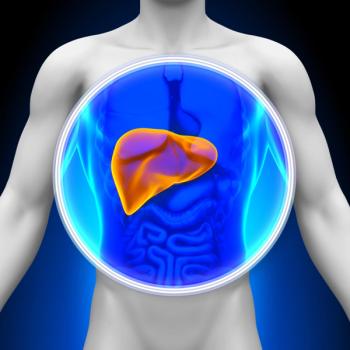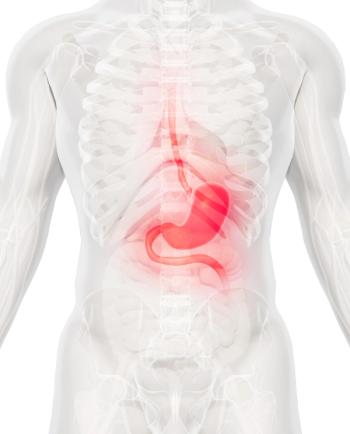
Can Immunotherapy Play a Role in Pancreatic Ductal Adenocarcinoma?
A combination of durvalumab and tremelimumab was tested on patients with metastatic pancreatic ductal adenocarcinoma.
Checkpoint inhibition with durvalumab and tremelimumab was generally well tolerated, but insufficiently active in a phase II trial of patients with metastatic pancreatic ductal adenocarcinoma (mPDAC). The malignancy remains a challenging setting with limited options for patients, according to the results of the
“Patients with advanced or metastatic PDAC have few established therapeutic options beyond initial gemcitabine-based or fluorouracil-based chemotherapy,” wrote study authors led by
The new study was a two-part phase II trial; part A was a lead-in safety study, while part B was a planned expansion cohort if enough efficacy was seen in part A. Part A included a total of 65 patients with mPDAC, randomized to receive either durvalumab monotherapy (33 patients) or durvalumab plus tremelimumab (32 patients). Patients had a median age of 61 years, and 52% were men; they were followed for a median of 3.2 months.
The study did not reach the efficacy threshold that would have allowed continuation to part B of the trial. The objective response rate was 3.1% with the combination of durvalumab and tremelimumab, and 0% for those treated with durvalumab alone. At 3 months, the disease control rate was 9.4% with the combination and 6.1% for monotherapy.
The median progression-free survival (PFS) was 1.5 months in both treatment arms; the 6-month PFS rate was 9.4% with the combination and 3.6% with durvalumab monotherapy. The median overall survival (OS) was 3.1 months and 3.6 months, respectively, and the six-month OS rates were 36.2% and 34.9%, respectively.
A total of 34% of patients in the combination therapy group and 31% of those in the monotherapy group had at least one treatment-related adverse event (TRAE); 22% and 6%, respectively, had TRAEs of grade 3 or higher. The most common TRAEs included fatigue, diarrhea, and pruritus. A total of four patients discontinued treatment due to TRAEs, and there were no treatment-related deaths.
“The absence of significant activity of durvalumab with or without tremelimumab in patients with mPDAC indicates that combining modes of action in this small study did not sufficiently overcome the immune inhibitory environment known to be a key contributor to poor response in patients with mPDAC,” the authors wrote. “Future studies are needed to evaluate how to best combine immune checkpoint blockade with other agents, including cytotoxic and targeted therapies, with the intention of overcoming the unique immunosuppressive, hypoxic, and fibrotic tumor microenvironment of PDAC.”
In an accompanying
“Strategies including oncolytic viruses, epigenetic modifiers, radiation therapy, or chemotherapy could be used to deliver, uncover, expose, or release neoantigens into the [tumor microenvironment],” they wrote.
Future studies involving monotherapy or dual therapy using checkpoint inhibitors in mPDAC should only be undertaken with a T-cell inducing agent, they argued, which could include a personalized vaccine approach, among others.
Newsletter
Stay up to date on recent advances in the multidisciplinary approach to cancer.
































































































